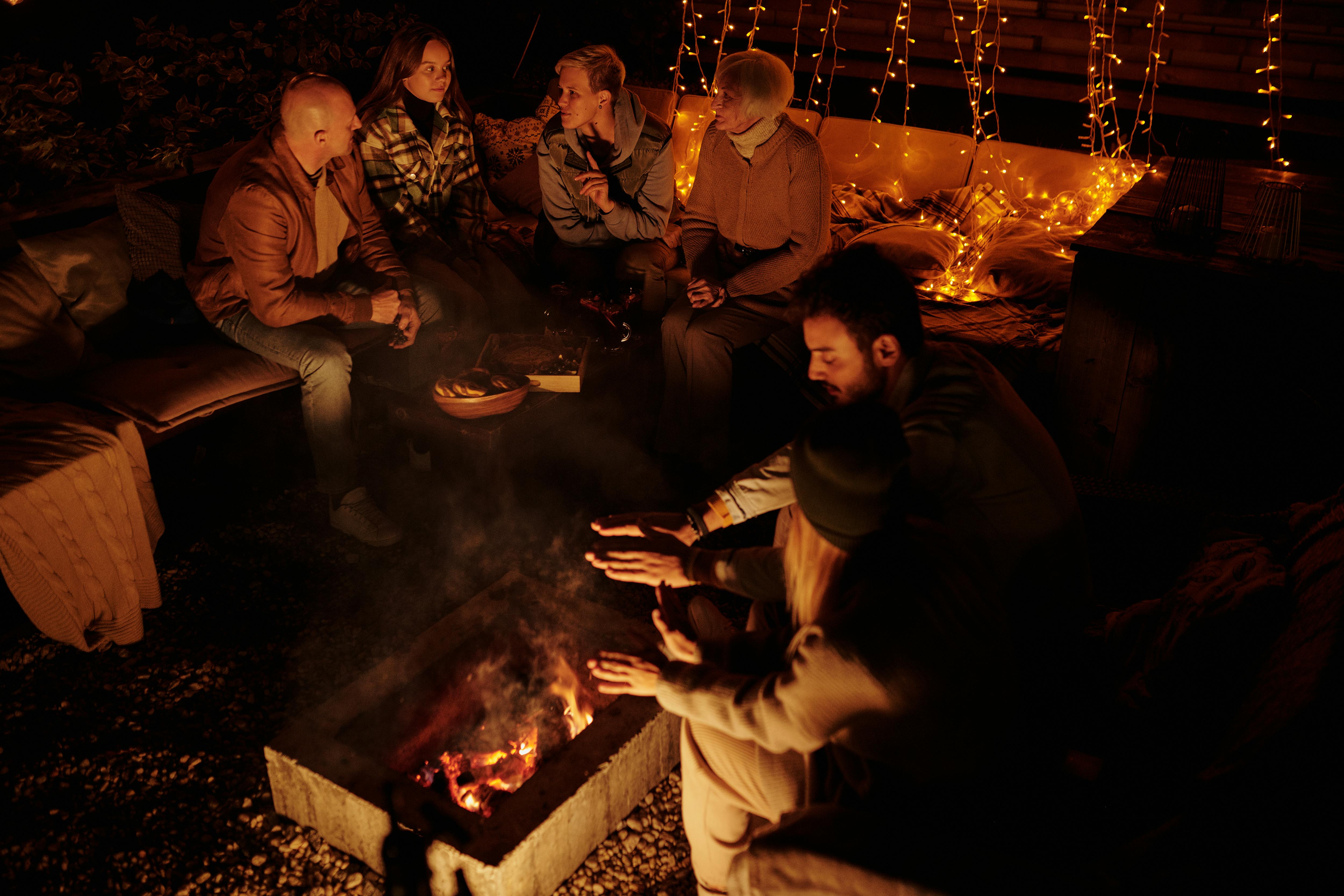If you are lucky enough to live in an area where there are many native Spanish speakers, you will have heard of a Quinceañera. But, if you’ve never been to one, you might be curious about it. You may even be invited to one if you have Latin American friends. This celebration is full of very special customs for Latin American families. You can learn about this unique tradition and learn Spanish at the same time.
The Quinceañera celebrates the 15th birthday of a young woman. In Latin American culture, this age is the age at which a girl leaves childhood to enter maturity. The ceremony is believed to owe its origins to the Aztecs and some of its unique vocabulary to late 19th century French culture. The celebration has religious significance for Spanish-speaking Roman Catholics and begins with a thanksgiving mass, or misa de accion de gracis, to give thanks for family and friends. But the celebration is also a very special birthday party, so much of the festivities also include gift-giving and enjoying food and dancing together. This makes the celebration a wonderful way to learn about the tradition and the Spanish language associated with it.
Here’s some distinctive vocabulary and why you need to learn it:
Fifteen years = 15 years, or 15th birthday
This is the moment of coming of age for girls in the Latin culture.
Young male escort = Chamberlain, Escort or Gallant
Seven young men of the court = Chamberlains
Seven court ladies = Damascus
The court of ladies and gentlemen, including the quinceañera, is equal to 15.
Traditional Ballroom Waltz = Waltz
A choreographed dance performed by the Court of Honour, often set to classical European music.
Godparents = Godparents
The girl’s godparents usually give the main gifts, but guests at the event also bring gifts that reflect the girl’s personality. Although the event has religious rituals, it is also a huge party designed to include as many friends and family members as possible.
Gifts and fun are an expected part of the day.
Primary gifts are symbols of life. The girl wears a tiara to represent leaving her childhood and living a life in victory over the challenges of her adult environment, she receives a bracelet or ring to represent the circle of life and her ties to her community, she receives earrings as a reminder to listen. to the word of God, and a rosary or prayer book as religious resources.
Tiara = tiara, symbol of victory
Cruz = cross, or Medalla = medal, symbols of faith
Bible = The Bible
Scepter = scepter, symbol of elegance
shoes = the shoes
The guest of honor will wear flat shoes at first and will be presented with a pair of elegant high heels to represent that she has become a woman. Her mother often changes the girl’s shoes, in a special ritual at the party.
The last doll = the last doll
The celebrant receives her last doll to symbolize leaving childhood.
The toast for the girl of honor = The toast for the quinceañera
This toast is part of the common rituals at the birthday party.
These are some of the traditional basics when it comes to a Quinceañera, but if you want more information, there are hundreds of online resources to check out. There are, of course, hundreds of variations on the theme. You will find that some websites offer English to Spanish translations for their pages. This is a great resource for learning Spanish because you can compare the English and Spanish versions on the spot.
Now, if you get the invitation to attend, you can attend knowing that you have some basic Spanish vocabulary learned and ready to go. All you’ll need is a gift and your best outfit, and you’ll be ready to party!
